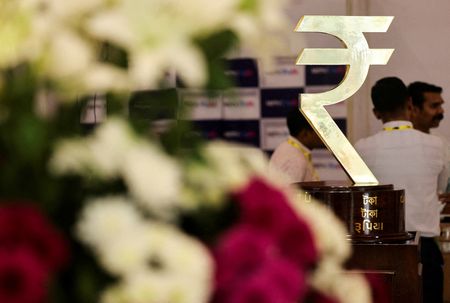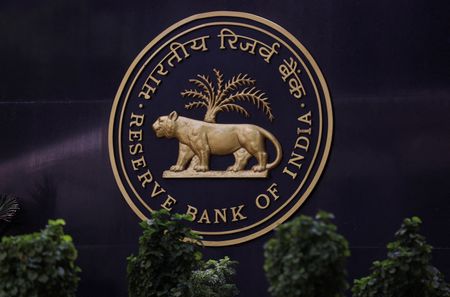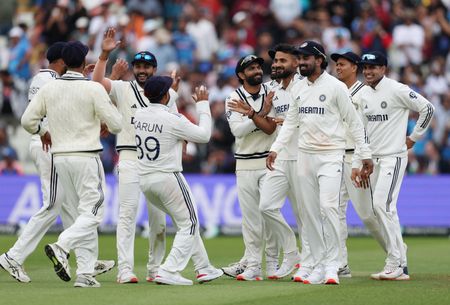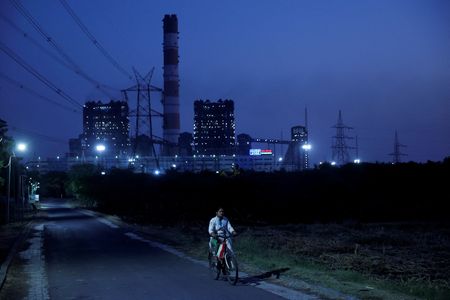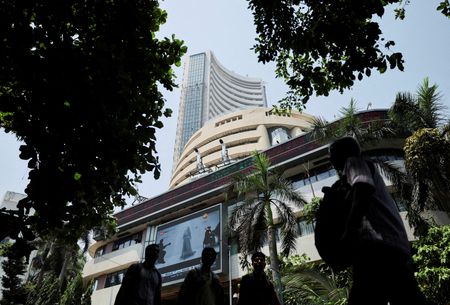By Dharamraj Dhutia and Nimesh Vora
MUMBAI (Reuters) – Indian lenders have asked the central bank to infuse durable liquidity into the banking system in the wake of the significant dip in a key measure of liquidity, six treasury officials said.
A select set of market participants met Reserve Bank of India officials late on Thursday, raising concerns over the persistent tightness in liquidity conditions.
The tightness in liquidity, if sustained, is likely to keep borrowing rates of banks high, potentially impacting lending rates at a time when India’s economic growth is cooling down.
“Suggestions like longer term variable rate repos, FX swaps and open market purchases of bonds were made,” said one of the officials who was a part of the meeting.
A few bankers also suggested a temporary cut in the maintenance of cash reserve ratio – the proportion of deposits banks must keep with the RBI in cash – for banks.
The RBI did not immediately reply to a Reuters email seeking comment.
ELEVATED RATES
Banking system liquidity has moved into deficit since mid-December, with the daily average deficit at around 1.50 trillion rupees ($17.47 billion) over the last five weeks.
Core liquidity, a more stable measure of overall liquidity, has dropped to around 300 billion rupees in early January from the peak of around 4.6 trillion rupees in early September, according to Gaura Sen Gupta, India economist at IDFC FIRST Bank.
“This fall is due to FX intervention by the RBI…It is likely that core liquidity could turn negative with currency leakage picking up in the final quarter,” she said.
“If depreciation pressures on the rupee persist, then the drain from FX intervention will persist.”
Bankers pointed out that the overnight rate staying above the Marginal Standing Facility rate – meaning banks are borrowing at elevated interest rates from the RBI – defeated the purpose of a neutral policy stance as they would not be able to pass on the benefits to the customers.
The weighted average interbank call money rate jumped to 6.83% on Thursday, the highest since late June amid most banks continuing to rely on market borrowing. RUPEE CONCERNS
Bankers said they raised concerns about the unhedged exposures of companies following the rupee’s recent quick decline, and highlighted the persistent dollar demand in the non-deliverable forward market – a major factor in the rupee regularly hitting new all-time lows.
One banker said they brought up the surge in overnight swap rate on Dec. 31, which happened amid a rush by banks to convert the excess dollars into rupees.
This banker pointed out they have had difficulty in rolling over the excess dollar liquidity prompted by the RBI’s interventions.
($1 = 85.8650 Indian rupees)
(Reporting by Dharamraj Dhutia and Nimesh Vora; additional reporting by Siddhi Nayak; Editing by Janane Venkatraman)

